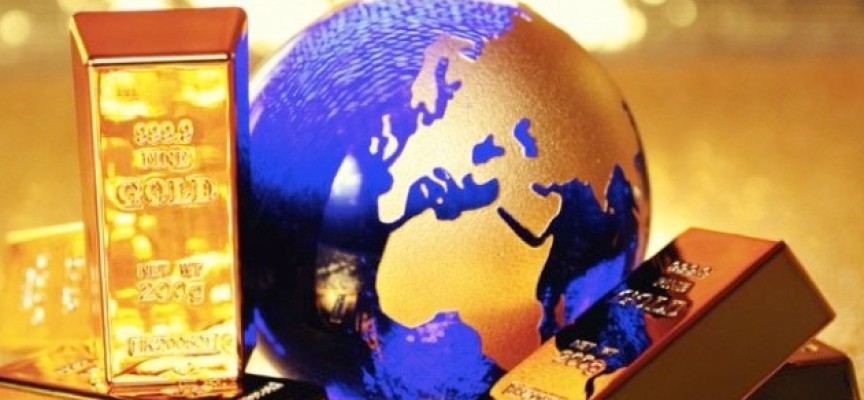Here is an update on the war in the gold and silver markets.
June 28 (King World News) – Alasdair Macleod: This week, gold and silver suffered a significant markdown on Tuesday and Wednesday as Comex contracts ran into the month end expirations with the additional factor of the last trading day in the half year, when bullion bank traders report their profits and positions.
In early trade this morning gold was $2327, up $6 on balance from last Friday’s close. And silver was $29.14, down 70 cents on the same timeframe.
Futures trading in gold picked up slightly from low levels, while in silver it declined in good overall turnover.
Our next chart shows how Open Interest has progressed in the two Comex contracts:
With gold’s Open Interest under 450,000 contracts, it can be regarded as moderately oversold overall, while silver’s Open Interest being higher is vulnerable to profit-taking, which has been the story of this week.
Gold’s trading yesterday (Thursday) was interesting. It was clear that overnight Asian demand was being unwound into the London morning fix. After the fix, there was a short dip, after which the price was firm for the rest of the day, closing at $2328, up $30 (1.28%). It seems that this Asian demand (presumably Chinese) was using the month-end dip to accumulate bullion at around $2300. This is sensible accumulation by professional dealers, not to be confused with speculative demand, which for the moment is subdued.
It is this accumulation which quietly takes away all the physical liquidity backing western paper markets, and led to the explosive rally which took gold from $1984 on St Valentines’ Day to $2432 on 12 April. It followed a similar period of price consolidation. Will this pattern repeat?
It seems likely, and stackers would do worse than follow these professionals, presumably Chinese banks offering gold account facilities to their retail customers.
The notable development in currencies and bonds is the renewed pressure faced by the yen and Japanese government bonds. These charts are next.
Japanese Yen Hits 38-Year Low vs US Dollar
Japanese 10-Year Bond Yield Surges Above 1%
With the yen crashing through the JPY160 level, price inflation pressures are increasing forcing the Bank of Japan to consider raising its discount rate and plan to reduce its bond buying at its next policy meeting. Clearly, without this buying and pressure to raise interest rates bond yields will rise even further, creating even greater mark-to-market losses for banks, pension funds, insurance companies, and most of all for the Bank of Japan itself which owns nearly 60% of the entire JGB market.
This looks like a problem which is spreading. Already, a farming cooperative bank, Norinchuking Bank has declared escalating losses on its foreign bond holdings, which it will now liquidate. This is likely to be followed by other banks already making significant losses on their JGBs, particularly in their holdings of French and UK debt. The only redeeming feature has been the offset of foreign exchange profits. But the withdrawal of Japanese capital from international markets could not come at a worse time.
Furthermore, the US Government has been relying on US institutions in the carry trade to buy short-term debt financed out of yen borrowing for the yield uplift. The prospect of this arbitrage diminishing, together with China continuing to liquidate her US Treasury holdings is concerning for the US Government and its debt trap.
Just Released!
To listen to James Turk discuss why the coming global collapse will be far worse than 2008 and much more CLICK HERE OR ON THE IMAGE BELOW.
© 2024 by King World News®. All Rights Reserved. This material may not be published, broadcast, rewritten, or redistributed. However, linking directly to the articles is permitted and encouraged.










